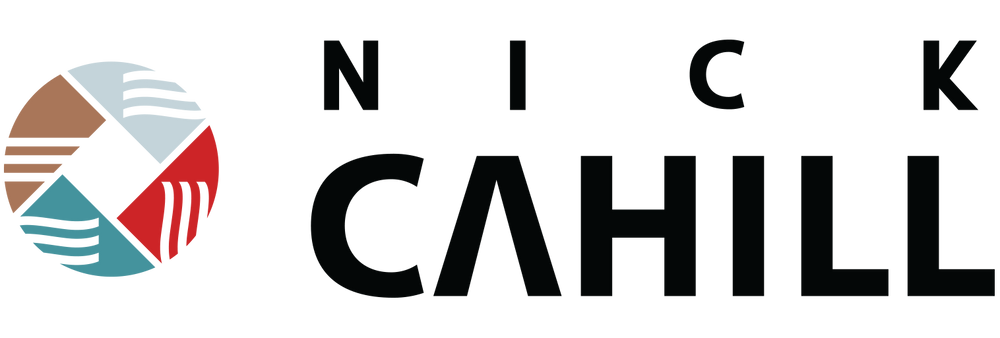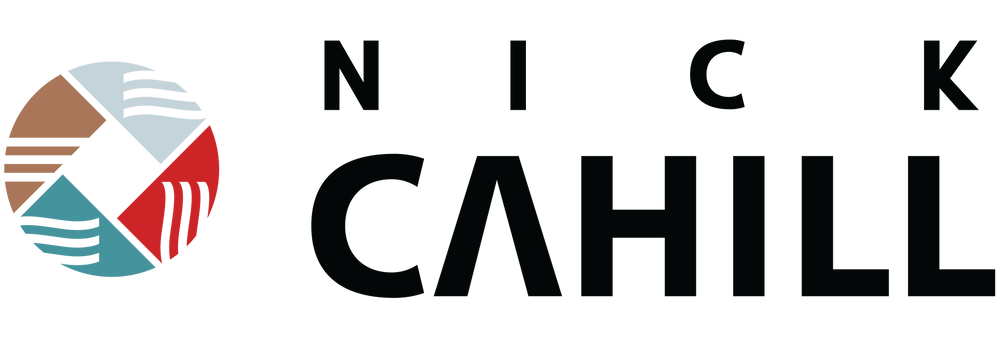My first paid photography job took me to Haiti just after a massive earthquake in 2010. I had no idea what to expect, but it ended up shaping how I see documentary photography, travel, and portraits to this day.
Back then, I was still finding my footing as a photographer, and honestly I really only liked taking photos of my 1990 mazda miata... when I got a call from my high school friend, Jordan Freda. He was starting a production company and invited me to join him on a humanitarian trip to Haiti. The plan was to document the devastation and support the Red Cross just weeks after the earthquake hit. Jordan has since gone on to find massive success in the animation world, but at that moment, we were two young creatives saying yes to our first big opportunity.
I flew to Haiti with a "budget" Canon DSLR—pretty sure it was a T2i—and a backpack with just the basics. I hadn’t traveled much, and definitely not to a third-world country, let alone one still reeling from a natural disaster. The second we landed, the weight of the situation hit me. Humid air, armed guards, and more visible guns than I’d ever seen in my life. I’d never even seen a real firearm before, and here I was basically surrounded by them.

But the fear didn’t last. As soon as we started working, I found myself pulled into all the moments I couldn't have planned for. Curiosity and focus overpowered the fear i was experiencing, and that nervous energy turned into purpose. I started to feel what it meant to use a camera not just to take pictures, but to connect. To this day I still get excited when focus can overpower fear. Now it generally takes jumping out of an airplane to experience that...but thats for another day.

One morning, while documenting the kids at school, I spotted a young boy looking right into the camera and not paying attention to the class. I captured the photo above and to this day it remains one of my most meaningful images—authentic, spontaneous, and full of life while so connected with the subject I could never have imagined something like this. Later, I showed a group of kids their portraits. They had never seen themselves in a photo before. This was before smartphones were everywhere. Watching their faces light up was something I’ll never forget.
It was also on that trip that I first experimented with long exposures and night photography—techniques I still use today. The combination of environmental portraiture and thoughtful exposure choices helped me discover a style that felt true to me.
That trip didn’t teach me everything about storytelling—college projects helped fill in those gaps—but it absolutely set the tone for what I love most: shooting candidly, honestly, and with intention. I’ve never been drawn to perfectly posed portraits. What sticks with me are the in-between moments—the unguarded expressions and real emotion.
Since then, I've been super fortunate to travel frequently for work. Each place added something new to the way I see the world through a lens, but Haiti was the first. It was the spark. It was the trip that made me realize I didn’t just want to take good photos—I wanted to tell stories.
Here are a few portraits from the beginning days of my career that are directly related to those first feelings in Haiti in 2010.





Check out my post on how [Building a Racecar Led me to a career I hadn't planned] for more on how it all started.
Whether I’m deep in the mountains or halfway across the world, I’m always looking for that same feeling I had in Haiti—the moment when the camera disappears and the connection is all that’s left.





